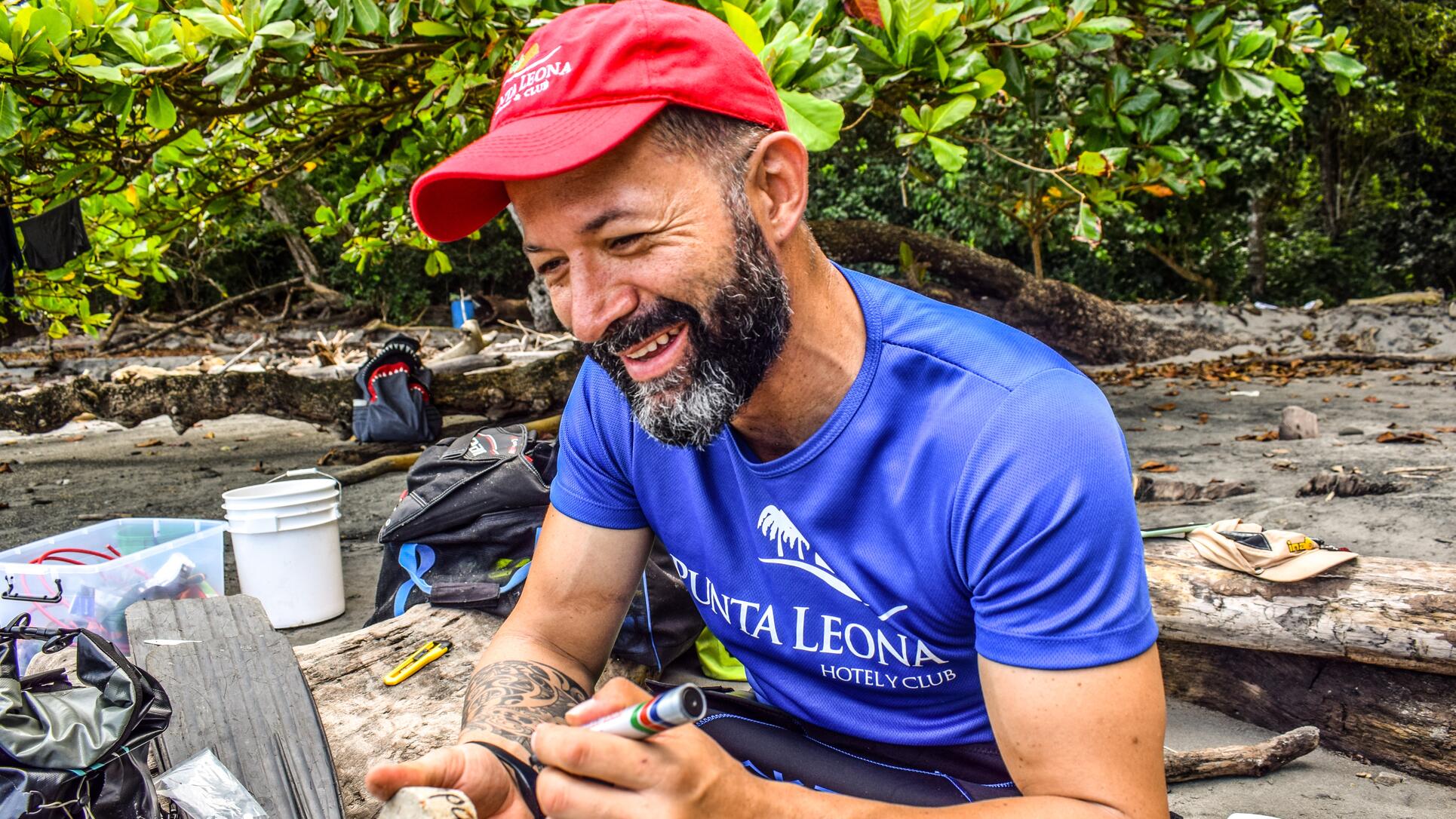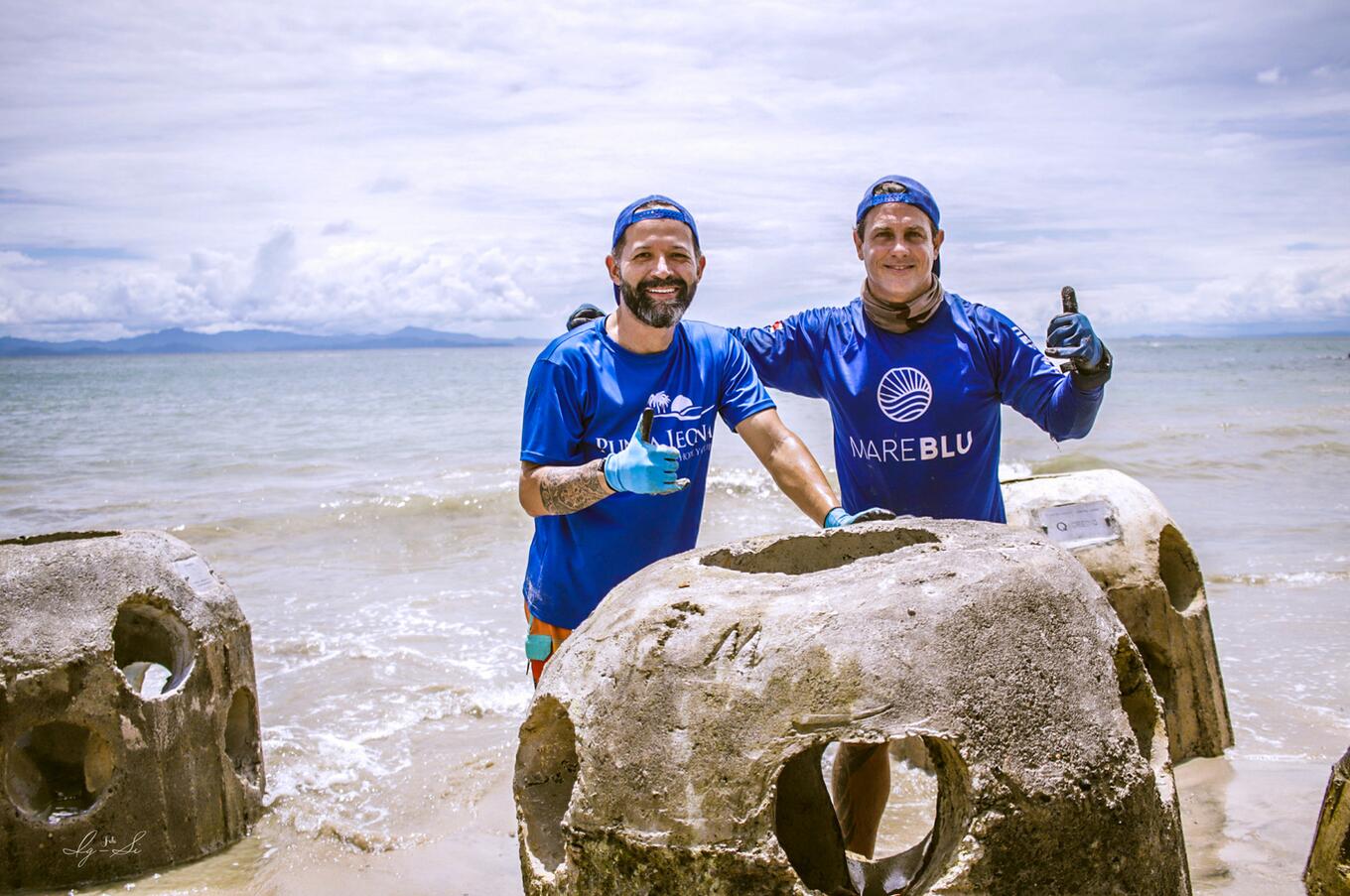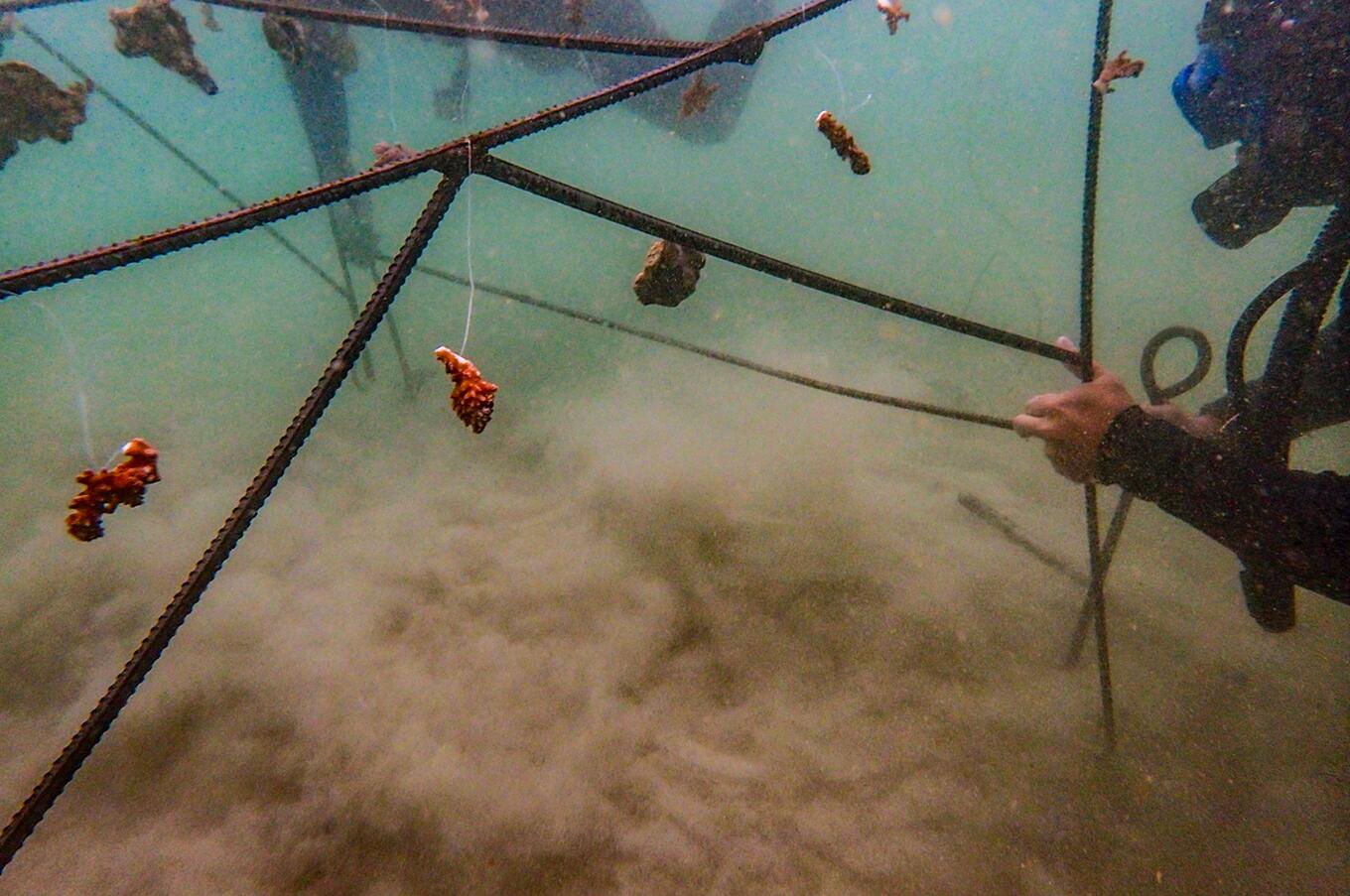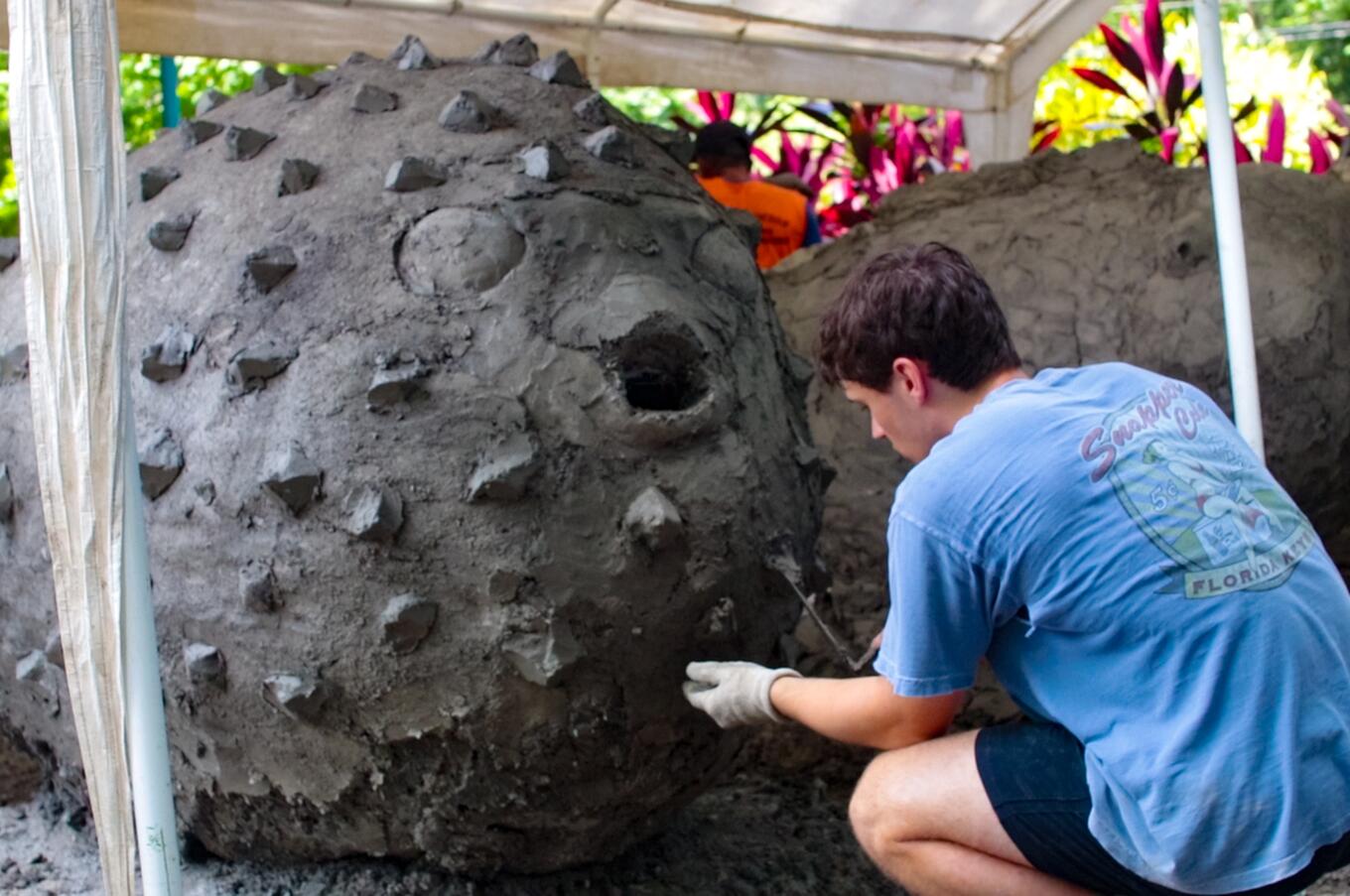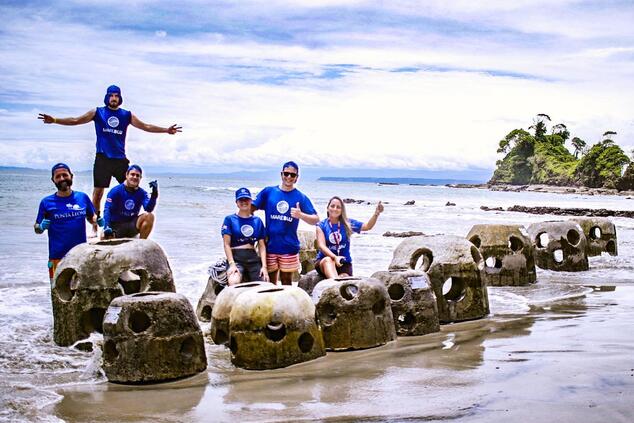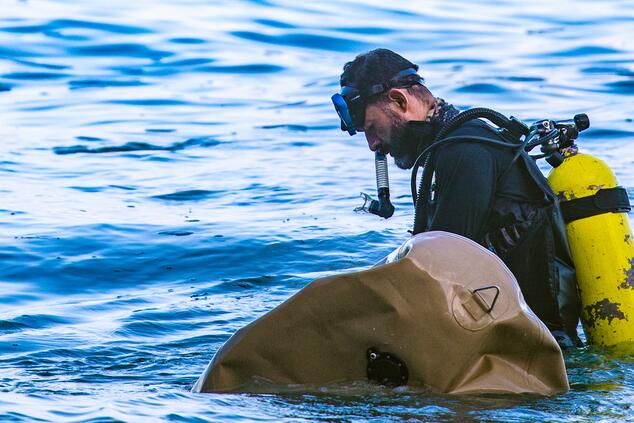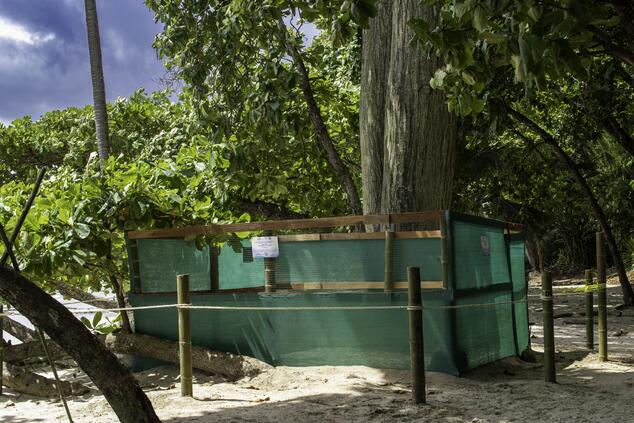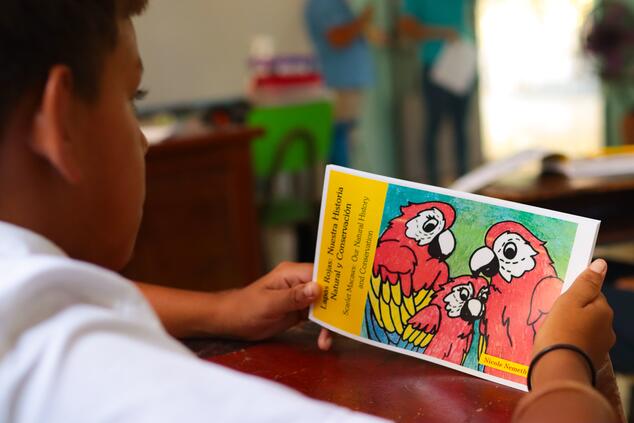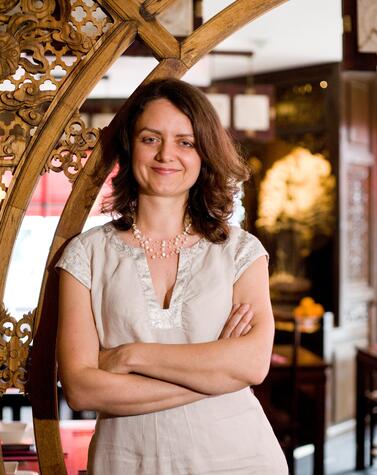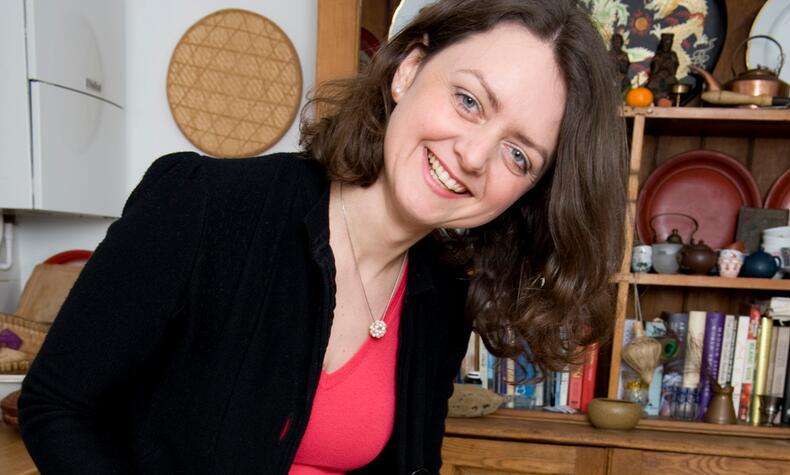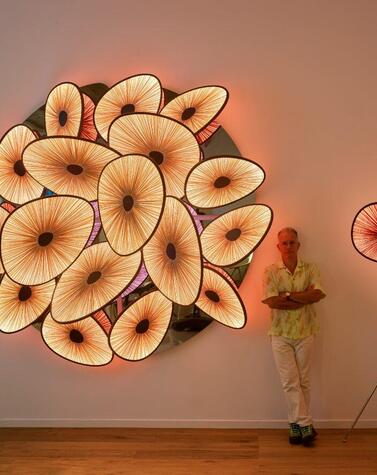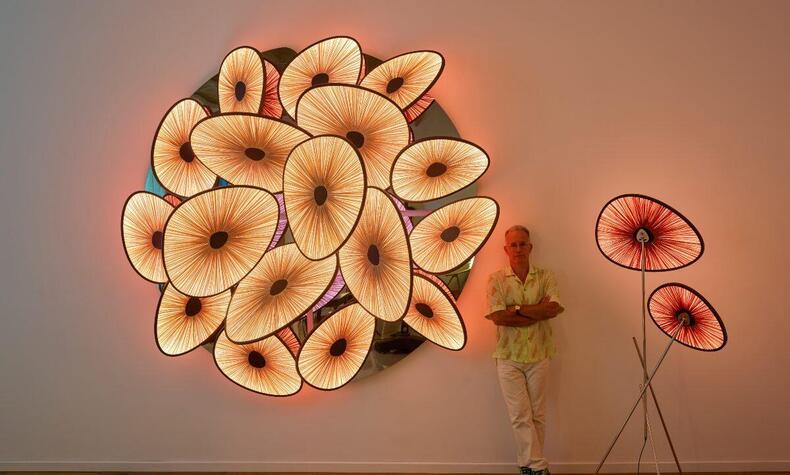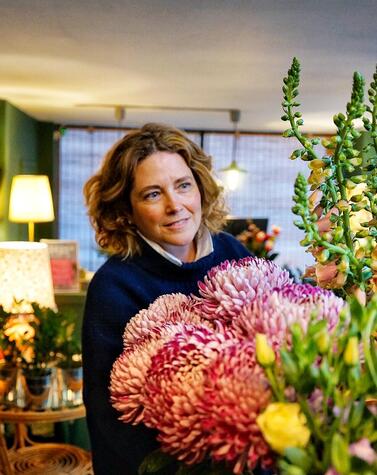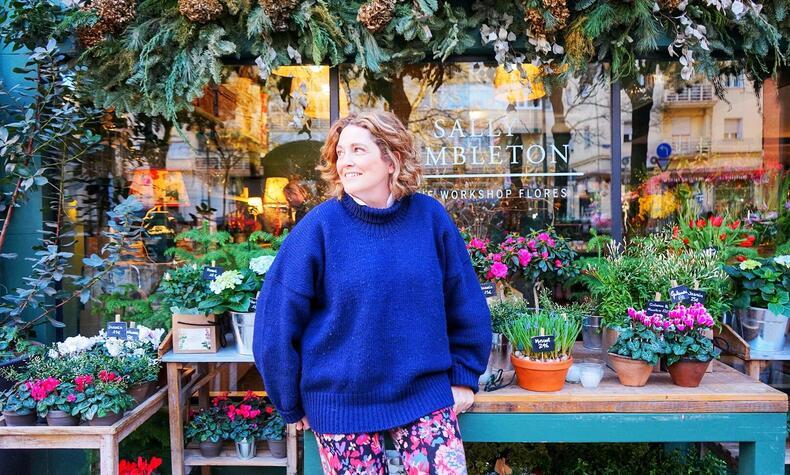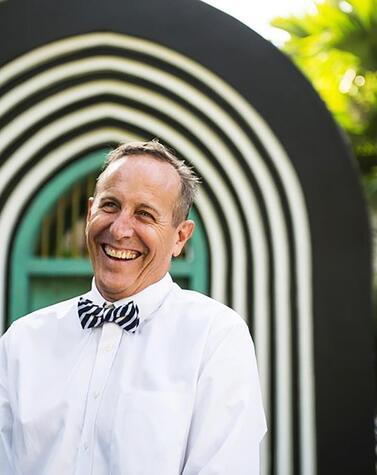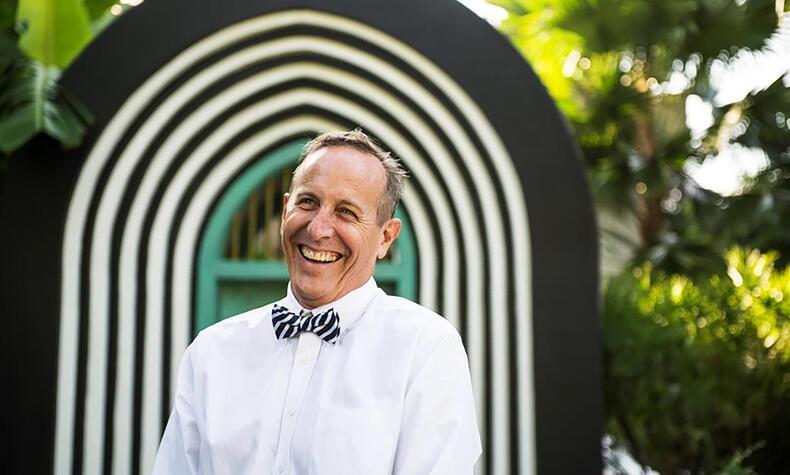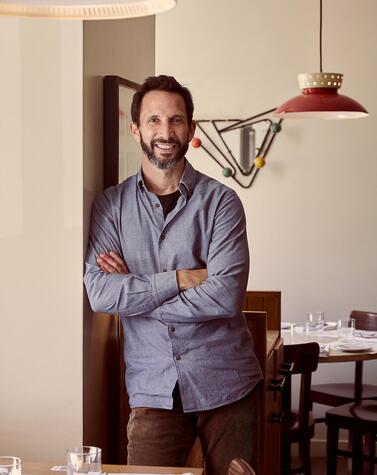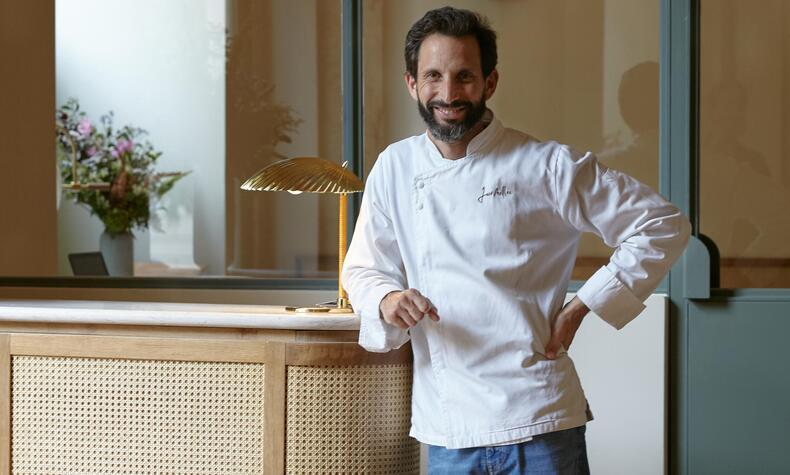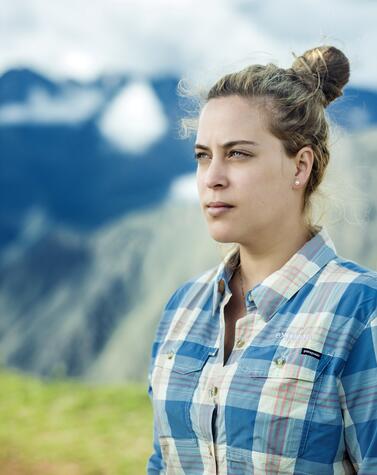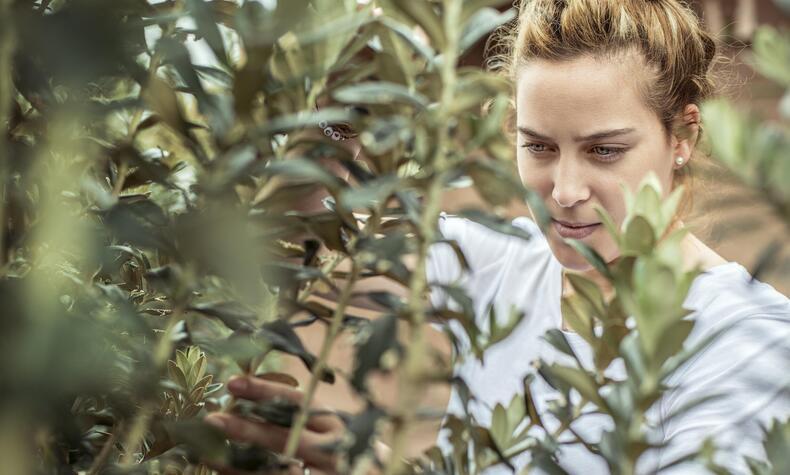César Vargas: "We have once again filled the Costa Rican sky with scarlet macaws"
César Vargas is a journalist and specialist in Social Responsibility, with certification in Regenerative Development applied to tourism.
He is currently the manager of communications and regenerative tourism at the Costa Rican hotel Punta Leona, south of Puntarenas, where he has worked for 15 years, collaborating with communities, schools, NGOs, and companies. He also leads the Lapa Project in Costa Rica, focused on the conservation of the scarlet macaw, one of the country's most emblematic birds, through reforestation, habitat restoration, and environmental education.
What inspired the creation of the Lapas Project, and what is its main objective in terms of conservation?
In the early 90s, some field research and studies conducted by biologist Christopher Vaughan determined that if the rate at the time of chick theft and habitat destruction continued, in about 15 years, we would no longer have scarlet macaws (Ara Macaw) in the Central Pacific. Thanks to the commitment of Punta Leona Hotel's founder, Eugenio Gordienko, they decided to support the necessary conservation actions and become a Natural Laboratory to investigate what needed to be done to reverse this situation. Thus, we became the main sponsor of the Central Pacific limpet conservation project because we recognized that these birds deserved to fly through the skies and over beaches, rather than in the black market. In terms of conservation, the project aims to regenerate the scarlet macaw population in situ, through actions such as the placement of regenerative nests (made of fiberglass), reforestation of trees used by the species, environmental education in schools through a specific textbook (Red Macaws: Our Natural History and Conservation, written and illustrated by Nicole Nemeth), habitat and chick protection, and most recently the placement of 24/7 monitoring cameras at nests.
How does the use of monitoring cameras contribute to your conservation projects? What relevant data have you been able to obtain so far?
Through the cameras, researchers can observe the competition for nests without having to climb up to them since they are 25 meters high, and avoiding disturbing the natural dynamics of the wildlife. Many times the macaws must fight with toucans and martillas for the nests. They also see the incubation process that occurs between December and February, the birth of the chick and how it feeds (until April), among other phases of its life cycle, which is unique in the world with this species. But, in addition, with the cameras we have managed to bring science closer to children in school, university students, tourists and in general to people who would never have had the opportunity to observe the development of a wild species in all its stages in the wild.


As for the aquaponic nursery and the butterfly farm, what specific ecological benefits do these projects bring to local ecosystems?
The aquaponic nursery, located in the hotel, is an environmental education project whose 100% organic model is able to show tourists an ecological and healthy way of growing vegetables, which can be replicated in their homes or small businesses. Of course, part of what is produced here, including the tilapia that are found in the piles that supply nutrients to the tables where the crops are grown, as well as lettuce, chili peppers, and cilantro, is consumed in one of the restaurants. The butterfly farm, which is also located in the hotel itself, has one of its main objectives as environmental education. We receive groups of school students and guests who, through the complete life cycle of butterflies, learn not only about their functions in nature but also about the delicate balance of ecosystems. In addition, we reproduce only endemic species, which allows us to study the habits and particularities of these species.
In relation to coral regeneration, what progress have you made, and how is this effort linked to biodiversity in the marine area?
The regenerative reefs project is led by the Environmental Conservation Organization MAREBLU, which has been in charge of producing the design and molds of the structures, as well as their construction and sponsorship. The subsequent placement has been done in alliance with Punta Leona Nature Resort, which has also been responsible for the scientific integrity of the project, permits, data, and research generated as a result of the project. Since the end of 2019, when the first bell-type reefs made with marine cement and two additives to facilitate the adherence of marine life were placed, we have added 70 reefs. The numbers provided by the National Learning Institute (INA) and the National University (UNA), who monitor the project, indicate that initially in the area there were four species of fish, while four years later they counted 62. The idea with this project is that it can be replicated in different areas of the Gulf of Nicoya, which has been commercially exploited for many years and shows worrying signs of weakening and scarcity of species.
What challenges does a regenerative wetland created from the treatment plant encounter? What biodiversity gains have you observed since its implementation?
Artificial lagoons seek to mimic the natural function and behavior of a wetland in nature, and are a widely recognized and recommended wastewater treatment option. They have been shown to be effective in reducing organic matter, transforming and assimilating nutrients, as well as retaining and/or eliminating toxic substances that might otherwise be discharged untreated or uncontrolled into the environment. In addition to water purification, artificial wetlands offer environmental benefits such as improved environmental quality, create and restore ecological niches, collaborate with landscape improvement, and contribute to the generation of buffer zones for the increase in temperatures.
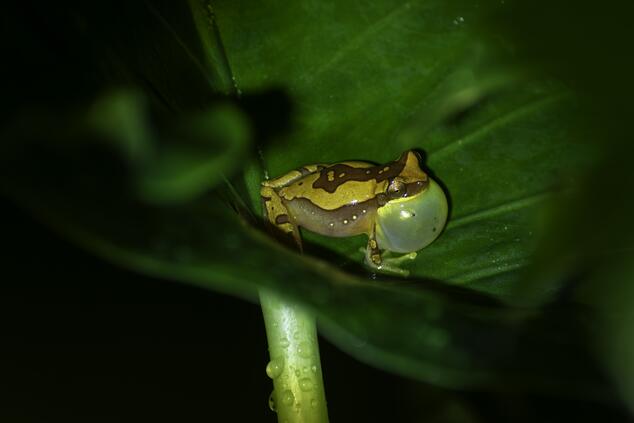
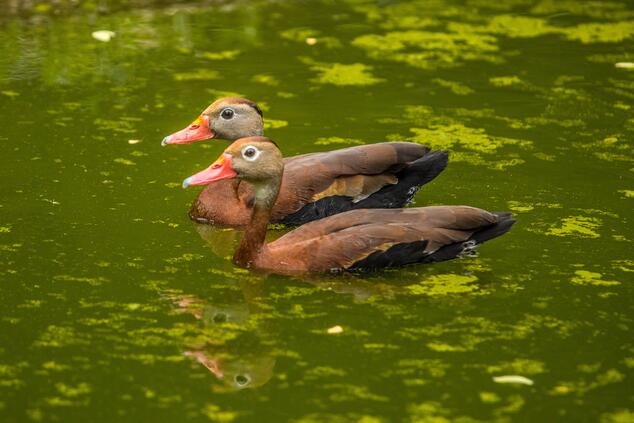
The sea turtle conservation program has a significant impact. What methods do you use to protect and monitor the nests, and what results have you seen in the recovery of these species?
The main objective of this program is to study and protect the turtles that come to Playa Blanca to lay their eggs. What we are currently doing is following up on the turtles that come to the beach and seeing what species they are, because in our country, we have eight species of sea turtles, of which four come to lay their eggs in the Central Pacific. The program focuses mainly on the olive ridley turtle (Lepidochelys olivacea), which has different nesting behaviors than those observed in other areas of the Pacific, such as Ostional and Nancite.

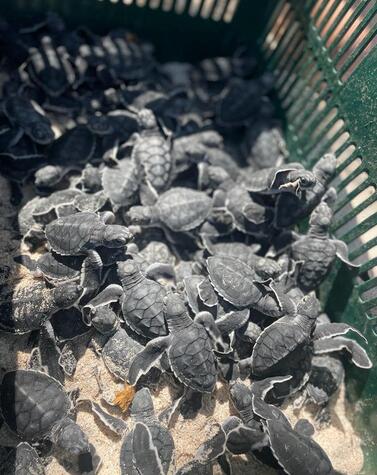
How do you involve local communities in your projects, and how important is their participation for the success of these initiatives?
The children in school, who participate in a specific course about environmental education and environmental protection, read a book about the natural history of the scarlet macaw and its relationship with humans. In addition, they have access to the transmission of the birds' monitoring cameras, which allows them to add this experience to their educational program for the year. Each year, since 1995, we have reached an average of 800 students in the area, who become "ambassadors" for the environment and defenders of the scarlet macaw.
We also promote a volunteer program with people from the community of Punta Leona to monitor the protection of natural resources and wildlife, in addition to collaborating in the surveillance and maintenance of the sea turtle hatchery. Thanks to the implementation of projects such as the regenerative reefs and the underwater museum, commerce and the local economy have been boosted, since residents organize tours and rent equipment to learn about these projects.
From a regenerative tourism perspective, what differentiates your conservation projects from a traditional sustainable tourism approach?
Sustainable development has been defined for years as a model that seeks to use resources in a way that enhances the well-being of society without compromising the systems necessary for future growth. However, the overexploitation of these resources has generated an inability of ecosystems to regenerate themselves, which has highlighted the need for more ambitious approaches. Thus, the proposal of regenerative tourism and development implies, on the one hand, restoring the health and vitality of the ecosystems in which we participate, and at the same time, it implies not using resources that cannot regenerate or consuming them faster than they can be regenerated.
The Scarlet Macaws conservation and regeneration project, with more than 30 years of experience, is a clear example of regenerative tourism in action. This project combines studies on the behavior of the species and its relationship with humans, its habitat, and the trees on which it depends. In addition, it involves the scientific community, private companies, educators, students, and the local population. It also promotes environmental education in schools, raises awareness of the importance of protecting the species, and makes it easier for tourists to get to know it through cameras. It has even managed to get a well-known "lapero" of the area to collaborate now in the construction and placement of regenerative nests.
- Volunteers are essential in marine conservation, amplifying efforts, participating in monitoring, and educating about sustainability —
- Cesar Vargas is the project leader for artificial reefs and the Underwater Museum for marine restoration. —
- Turtles are rescued and relocated to hatcheries to protect their nests and ensure successful hatching. —
- Cesar distributes educational books in schools to promote the conservation of scarlet macaws and their habitat.
What is the impact on the local population, both in terms of economic well-being and environmental education and awareness, derived from these projects?
Thanks to the implementation of some of the regenerative projects, such as the reefs, the museum, the turtle nursery, or the scarlet macaws conservation, we have created direct or indirect sources of employment related to these initiatives. For example, a diving company was established in the area to provide tours to the marine projects, but also the marine life has benefited so much that important diving spots have been created in the surrounding area, which is not only used by this company, which also provides jobs to locals, but also by other nearby Dive Centers. The area has become a very relevant and appreciated tourist attraction due to the biodiversity that visitors can appreciate during their visits. In one place, you can appreciate at the same time scarlet macaws, Caribbean monkeys, raccoons, coatis, many species of birds, sloths, turtles, and, in season, humpback whales that pose and play for several weeks in front of Playa Blanca.
The neighboring communities, and in general, the canton of Garabito, the Central Pacific area in which we are located, are becoming more and more aware of the importance of not only conserving but also regenerating natural resources. Since 1995, we have provided environmental education to children, who are now ambassadors of regenerative tourism in their homes, and even after many years, some of them work in environmental conservation and organize cantonal or national activities to promote the environment.
The projects led by César Vargas are an example of how tourism can be an engine for ecological regeneration and community well-being, integrating environmental conservation with social impact. His work demonstrates that regenerative tourism is key to building a sustainable future.
